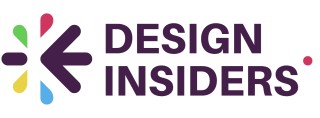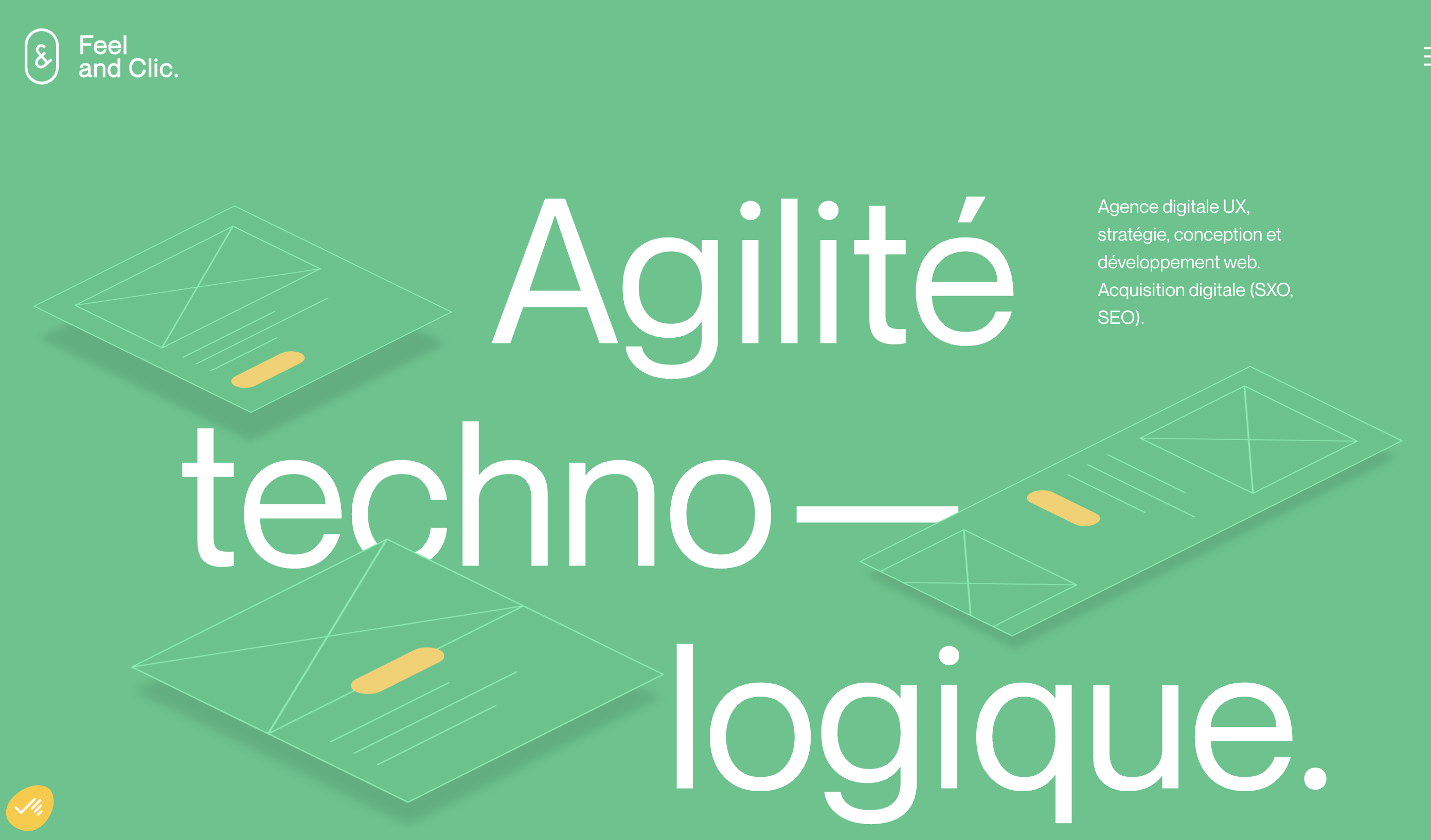
Understanding the Role of a Customer Experience Dashboard
The Strategic Role of Visualizing Customer Interactions
Understanding the role of an experience dashboard is crucial for any business aiming to enhance customer satisfaction and loyalty. At its core, a customer experience dashboard is a powerful tool designed to visualize customer interactions, providing a comprehensive overview of their journey with your product or service. This enables businesses to keep real-time track of customer metrics and derive actionable insights from the data collected. By collating various data sources, such as customer feedback, social media analytics, and net promoter scores, dashboards translate raw data into meaningful insights. This insight is critical for identifying customer sentiment trends and potential pain points in the customer journey. Moreover, they allow businesses to evaluate the effectiveness of their customer support and service systems. A well-designed dashboard also aids in pinpointing opportunities to improve customer loyalty and satisfaction. The ability to deliver real-time analytics helps businesses adapt quickly and effectively to meet customer needs. Dashboards also foster better decision-making by offering a clear picture of each customer's journey, helping organizations craft personalized experiences. For more on strategically guiding customers along their journey, explore this designing an insurance customer journey map. In later sections, we will delve into the key elements that make these dashboards effective, how user feedback plays a pivotal role in their design, and the best practices to overcome common design challenges. These insights will assist in leveraging dashboards as a vital component in driving business growth and enhancing customer satisfaction.Key Elements of an Effective Dashboard Design
Essential Components of an Engaging Customer Experience Dashboard
Crafting an effective experience dashboard requires attention to certain key elements that help in visualizing and interpreting data. As brands strive to enhance customer satisfaction, dashboards become crucial tools for managing real-time data and delivering actionable insights.- Clear Representation of Key Metrics: The backbone of an experience dashboard is clear and concise representation of metrics. Identifying key metrics that highlight aspects like customer satisfaction and sentiment is vital. These metrics should be easy to access and interpret, allowing users to comprehend the customer journey at a glance.
- Data Integration from Multiple Sources: To provide a holistic view, it’s essential to integrate data from various sources such as customer feedback, social media, and customer service interactions. Combining this data helps identify trends and understand customer behavior more deeply.
- Real-Time Data and Analytics: In the fast-paced business environment, real-time data support is indispensable. Dashboards must deliver up-to-date insights on customer interactions, ensuring timely recognition of issues and opportunities. This leads to more effective customer support and enhanced customer loyalty.
- User-Friendly Design: An intuitive layout is crucial. Dashboards should offer a visually appealing and accessible interface, lowering the learning curve for users. Features like customizable widgets and filters enable users to tailor the dashboard experience to their specific needs, thus making analytics more personal and relevant.
- Insights into Customer Journey and Loyalty: By mapping out the customer journey, dashboards can pinpoint areas for improvement in products or services. Understanding each phase of the journey provides context, ultimately fostering improved customer relationships and increased net promoter scores.
Integrating User Feedback into Dashboard Design
Incorporating User Insights into Dashboard Design
Integrating user feedback into the design of a customer experience dashboard is pivotal for creating interfaces that truly serve your audience. User feedback offers tangible insights into how customers interact with your products and services, revealing their journey and highlighting areas for improvement. By harnessing this real-time data, businesses can better cater to customer needs and drive up customer satisfaction and loyalty. To effectively integrate user feedback into dashboard design, consider the following:- Gather Comprehensive Data: Utilize multiple data sources such as customer feedback, social media interactions, and analytics to form a holistic view of the customer sentiment and pinpoint key areas for enhancement. By identifying both quantitative metrics and qualitative insights, you ensure a well-rounded approach.
- Implement Agile Design: An agile design process enables constant refinement based on ongoing customer interactions and feedback. It allows for quick iterations, ensuring that your dashboard remains relevant and user-centric over time.
- Use Data-Driven Decisions: Base design adjustments on real-time data and clear metrics. This helps to avoid design modifications based solely on assumptions or outdated insights, facilitating an evidence-based approach that stays aligned with customer needs.
- Prioritize Customer Satisfaction: Keep customer satisfaction at the forefront by listening to your users and understanding their challenges and preferences. This involves not just collecting feedback but actively incorporating it into design improvements to enhance the overall experience.
- Seamless Feedback Loop: Establish a continuous feedback loop where user insights are regularly collected and analyzed. This not only guides the design process but also strengthens customer loyalty as customers see their input being valued and driving concrete changes.
Challenges in Designing Customer Experience Dashboards
Overcoming Design Hurdles for Effective Customer Experience Dashboards
Designing customer experience dashboards comes with its set of challenges. These hurdles must be addressed to ensure that businesses can fully leverage the potential of their dashboards to enhance customer satisfaction and glean actionable insights. The primary difficulty in building experience dashboards lies in data aggregation. Businesses often pull data from multiple sources like social media, customer support, and real-time analytics. Ensuring that the dashboard accurately represents real-time data from all these sources is crucial. An experience dashboard needs to not only display key metrics but also provide a cohesive view of the customer journey by integrating disparate data streams. Another challenge is user engagement. Dashboards should be intuitive, allowing users to effortlessly interact and extract valuable insights. Poorly designed dashboards lead to disengagement and dissatisfaction among users, which ultimately affects customer service effectiveness. In the design, it’s important to focus on visual hierarchies that prioritize key performance indicators, making it easier for teams to act on customer sentiment and feedback. Moreover, maintaining the dashboard's relevance over time is essential. As customer trends and behaviors evolve, dashboards need to adapt to ensure ongoing support for decision-making. This requires ongoing updates and iterations based on timely feedback and identified gaps in the dashboard's capabilities. Ultimately, overcoming these challenges requires a holistic approach that blends technical expertise with customer-centric design principles. Consistent iteration based on customer feedback, understanding of the expectations for net promoter scores, and a focus on providing an intuitive user journey are keys to surmounting obstacles and achieving a successful customer experience dashboard.Best Practices for Dashboard Design
Principles for Successful Dashboard Design
Designing a customer experience dashboard involves more than just displaying data. It plays a crucial role in how businesses view customer sentiment and derive actionable insights from real-time data. Successfully implementing a dashboard demands adherence to certain best practices that enhance user interaction and ensure business objectives are met.- Prioritize Key Metrics: Understanding which metrics are vital for your business is essential. This involves identifying the data that best reflects the customer journey and their interactions with your product or service. Focus on metrics that provide insights into customer satisfaction and loyalty. Ensure that these are clearly presented and easily accessible.
- Integrate Diverse Data Sources: Effective dashboards combine information from multiple data sources, such as customer feedback, social media analytics, and service support records. This integration provides a comprehensive view of customer experiences and allows businesses to pinpoint areas that require improvement.
- Offer Real-Time Data: Providing real-time data is essential for tracking customer sentiment and interaction trends as they evolve. This allows businesses to react quickly and adjust strategies as needed, ensuring that customer needs are promptly addressed.
- Design for User Experience: The design should be intuitive and user-friendly, allowing users to navigate the dashboard with ease. This includes a logical layout, clear labeling, and accessible data visualization methods. A thoughtful design minimizes confusion and enhances the overall user experience.
- Focus on Actionable Insights: Dashboards should not only present data but also transform it into insights that can drive decision-making. Highlight trends and patterns that can lead to improved customer support and satisfaction. Use visual aids like graphs and charts to make data interpretation easier and more impactful.
- Continuously Evolve with Feedback: A truly effective customer experience dashboard evolves over time. Collecting and integrating user feedback allows for the continuous refinement of the dashboard. Adjust the design to better serve customer support needs and enhance the overall product experience.
Future Trends in Dashboard Design
Emerging Technologies Shaping the Future
As we look to the future of customer experience dashboards, the integration of emerging technologies is set to redefine how businesses interact with their data. Artificial intelligence and machine learning are at the forefront, offering the ability to analyze customer interactions and feedback in real time. This leads to more accurate customer sentiment analysis and predictive analytics, allowing businesses to anticipate customer needs and enhance satisfaction.
Personalization and Customization
The demand for personalized customer experiences is growing, and dashboards are evolving to meet this need. Future dashboards will likely offer more customization options, enabling users to tailor the display of key metrics and actionable insights to their specific business goals. This level of personalization will support businesses in identifying trends and improving customer loyalty through targeted strategies.
Enhanced Data Integration
Integrating diverse data sources remains a challenge, but advancements in data integration technologies are paving the way for more cohesive dashboards. By bringing together data from social media, customer service interactions, and real-time analytics, businesses can gain a comprehensive view of the customer journey. This holistic approach helps in identifying areas for improvement in customer support and product offerings.
Focus on User Experience
As discussed in earlier sections, the user experience is a critical component of effective dashboard design. The future will see a continued emphasis on intuitive interfaces that provide seamless navigation and accessibility. By prioritizing user experience, dashboards can deliver insights that are not only actionable but also easy to interpret, thereby enhancing overall customer satisfaction.
Real-Time Feedback and Adaptability
Real-time data is becoming increasingly important in the fast-paced business environment. Future dashboards will likely incorporate real-time feedback mechanisms, allowing businesses to adapt quickly to changes in customer behavior. This adaptability is crucial for maintaining high levels of customer satisfaction and ensuring that businesses can respond promptly to customer needs.















